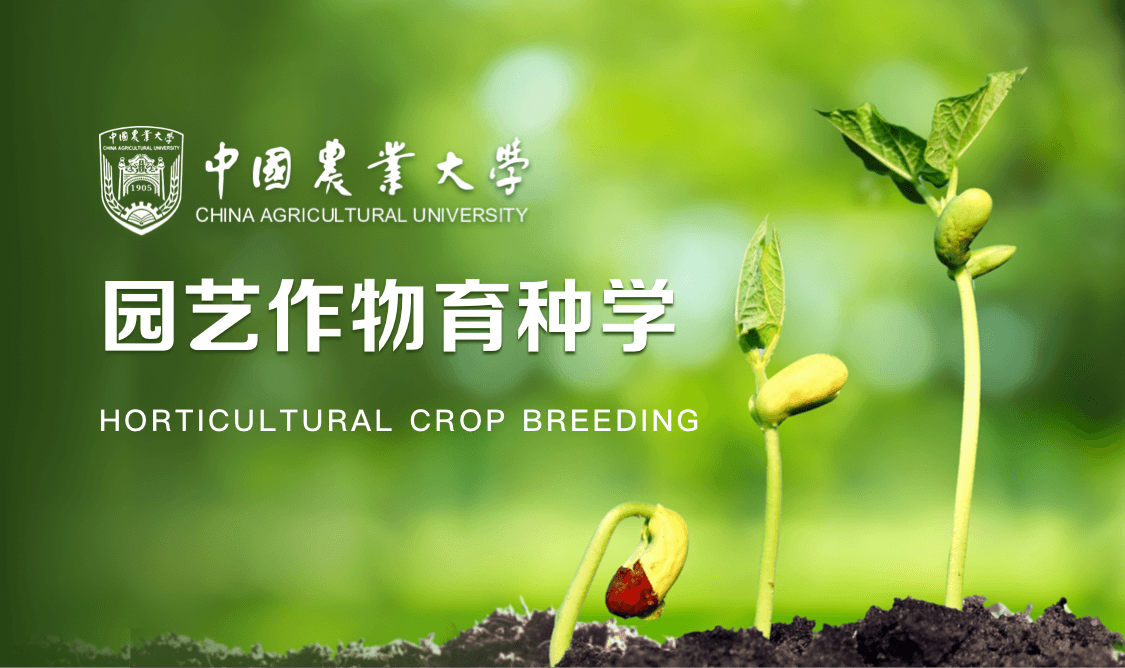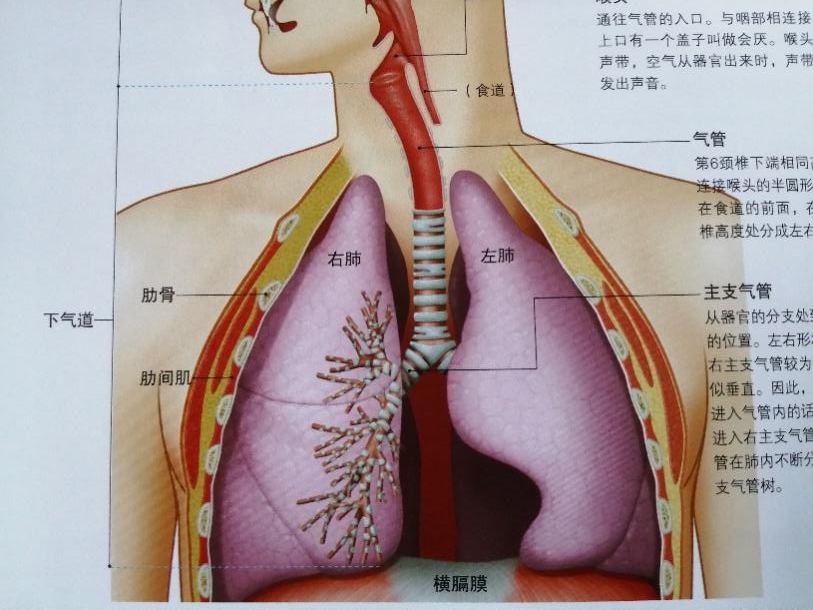
当前课程知识点:Approaching the Mysterious Traditional Chinese Medicine > Chapter 6 Colorful Animal Medicine > 6.2 Chantui-Rebirth after Nirnava > 6.2.2 Chantui’s medicinal character
返回《Approaching the Mysterious Traditional Chinese Medicine》慕课在线视频课程列表
Chapter knowledge
1. Cicada’s edible value
2. Chantui’s medicinal character
3. Cicada species
1. Cicada’s edible value
The ancient were aware of rare cicada's edibleness. Tiao and Fan recorded in The Book of Songs and The Book of Rites were already popular food at that age. In fact,cicada has already served on royal table in the Warring States Period.
An analogy shows cicada's nutrition as well. Cicada is also called Golden Cicada, Zhiliaohou, which is highly reputed as Tang Monk's meat. The reason is that it both has high nutritional value and rich cultural deposits.
2. Chantui’s medicinal character
It has a curving eclipse shape with length about 3.5 cm and width about 2 cm.The surface is sandybrown, translucent, and glossy. A pair of filiform antennae grows on the head,most of which are already shed. It has prominent compound eyes and frontal part tip. The mouthparts are well developed. The upper lip is wide and short while the lower lip is tubular. There is a cross crack at the rear side of its chest that curls inward. Two pairs of winglets lies both sides of the back. There are 3 pairs of feet with fine sandybrown hair. The abdomen is blunt and composed of 9 joints.
3. Cicada species
The most common substitutes and counterfeits include golden cicada, maemi and flat cicada. Golden Chantui (Cicada slough) has many similarities to normal Chantui. Golden Chantui has a slightly lanky shape. The top of abdomen is rather thin with obvious white round spiracles on the abdomen lateral membrane,while its end is spiny. Flat cicada is a small cicada with the length around 2.5 cm. In addition, maemi has an elongated shape with a spiny end. The eyes are big and prominent.
返回《Approaching the Mysterious Traditional Chinese Medicine》慕课在线视频列表
-The nature, purpose and requirements of the course
-Introduction assignment
-1.1 The Magic Herb Renshen-Murder not Condemned
--1.1.2 The efficacy of Renshen
--Section test
-1.2 The Brilliant General Dahuang-Rescuer not Credited
--1.2.1 The previous life of Dahuang
--1.2.2 The efficacy of Dahuang
--Section test
-1.3 Dihuang-A Good herb Tonifying Blood
--1.3.1 Talk about the past and present of Dihuang
--1.3.2 Talking about fresh, dry, unprocessed, and prepared four categories of Dihuang
--1.3.3 A dual use of prepared and unprepared Dihuang
--Section test
-1.4 Fuzi-A Good and Evil herb
--1.4.1 Jiangyou’s Fuzi Comes from Longan’s Seed
--1.4.2 Different product specifications of Fuzi spring from the selfsame root
--Section test
-Chapter 1 assignments
-2.1 A Large Family of Wutou
-- 2.1.2 Efficacy of Wutou family members
--2.1.3 Aconitine's toxicity is a double-edge sword
--Section test
-2.2 Two Similar Medicines that Hit Home (Caowu, Chuanwu)
--2.2.1 The Best Poison in Cold Weapon Era
--2.2.2 Past and Present Life of Wutou
--2.2.3 Two brothers with distinct personalities
--Section test
-2.3 Shouwu-A good or Evil Medicine
--2.3.1 The Past Life of Heshouwu
--2.3.2 Heshouwu and the toxin inside of it
--Section test
-2.4 Mahuang-A medicine Good at Inducing Sweat
--2.4.1 Is Mahuang a good or evil herb?
--2.4.2 Wu Yecao- with the efficacy of inducing sweating and astringing sweating
--Section test
-Chapter 2 assignments
-3.1 Tianma- A herb who can run without feet
--3.1.1 The no-feet Tianma escapes
--3.1.2 How does Tianma become a common medicine
--3.1.3 Wind-stabilizing efficacy of Tianma
--Section test
-3.2 Two Valuable Musketeers Living in Desert (Roucongrong, -Suoyang)
--3.2.2 I am ugly, but I am gentle
--Section test
-3.3 Wisdom Parasitic Eaters (Tusizi, Hujisheng)
--3.3.1 Tusizi's intelligent life
--3.3.3 Kissing custom under a Hujisheng
--3.3.4 The diner on the tall building
--Section test
-4.1 Two Musketeers for Dryness and Removing Phlegm (Banxia, Tiannanxing)
--4.1.1 The origin of three childes of the famous family
--4.1.2 The Three Musketeers of Araceae family
--4.1.3 The efficacy of Banxia and Tiannanxing
--Section test
-4.2 Skillful Identification of the Four kinds of Ginger (Jianghuang, Pianjianghuang, Yujin, Ezhu)
--4.2.1 Four sisters of Zingiberaceae
--4.2.2 Characteristics of Zingiberaceae four sisters
--4.2.3 Efficacy of Yujin, Ezhu, Jianghuang and Pianjianghuang
--Section test
-4.3 Mutong-A Good or Evil herb
--4.3.1 The devil hiding behind the quintessence of Chinese culture
--4.3.2 Tracing the Origin of Mutong
--Section test
-4.4 The Brother Medicines with the Same Function (Chishao, Baishao)
--4.4.1 Traceability of Baishao and Chishao
--4.4.2 Source and Processing Differences of Baishao and Chishao
--4.4.3 The efficacy of Baishao and Chishao
--Section test
-Chapter 4 assignments
-5.1 The Whirl Chongcao
--5.1.1 The reason why Dongchongxiacao appears like a worm in winter but a plant in summer
--5.1.2 Why Dongchongxiacao is called "soft golden "
--5.1.3 Character identification of Dongchongxiacao
--Section test
-5.2 The Magic Fuling
--5.2.1 The medicinal and edible efficacy of Fuling
--5.2.2 Fuling is made from the spirit of the roots of pines
--5.2.3 A gentle and modest gentleman of Fuling
--Section test
-Chapter 5 assignments
-6.1 The Dad Who can Give Birth to Child (Haima, Hailong)
--6.1.3 A close relative of Haima—Hailong
--Section test
-6.2 Chantui-Rebirth after Nirnava
--6.2.2 Chantui’s medicinal character
--Section test
-6.3 Tubiechong- Breaking and Dispelling the Static Blood
--6.3.1 The culture and origin of Tubiechong
--6.3.2 Tubiechong’s life and Identification between male and female
--Section test
-6.4 Lurong-Generating the Essence and Tonifying Marrow
--6.4.1 Lurong’s origin and specifications
--6.4.2 There are hundreds of treasures in a deer
--Section test
-Chapter 6 assignments
-7.1 Xionghuang Discussed in the Dragon Boat Festival
--7.1.1 The deworming efficacy of Xionghuang
--7.1.2 The relationship between Xionghuang and vermilion pill
--7.1.3 Identification and characteristics of Xionghuang
--Section test
-7.2 Zhusha-the Finest Medicine for Dispelling Pathogens
--7.2.2 Zhusha and eternal immortal pill
--7.2.3 Zhusha’s specifications and efficacy
--Section test
-Chapter 7 assignments
-Chenxiang-the Priceless Medicine
--8.1.1 The King of the fragrance
--8.1.2 What Chenxiang is and how Chenxiang comes into being
--Section test
--Chapter 8 assignment


